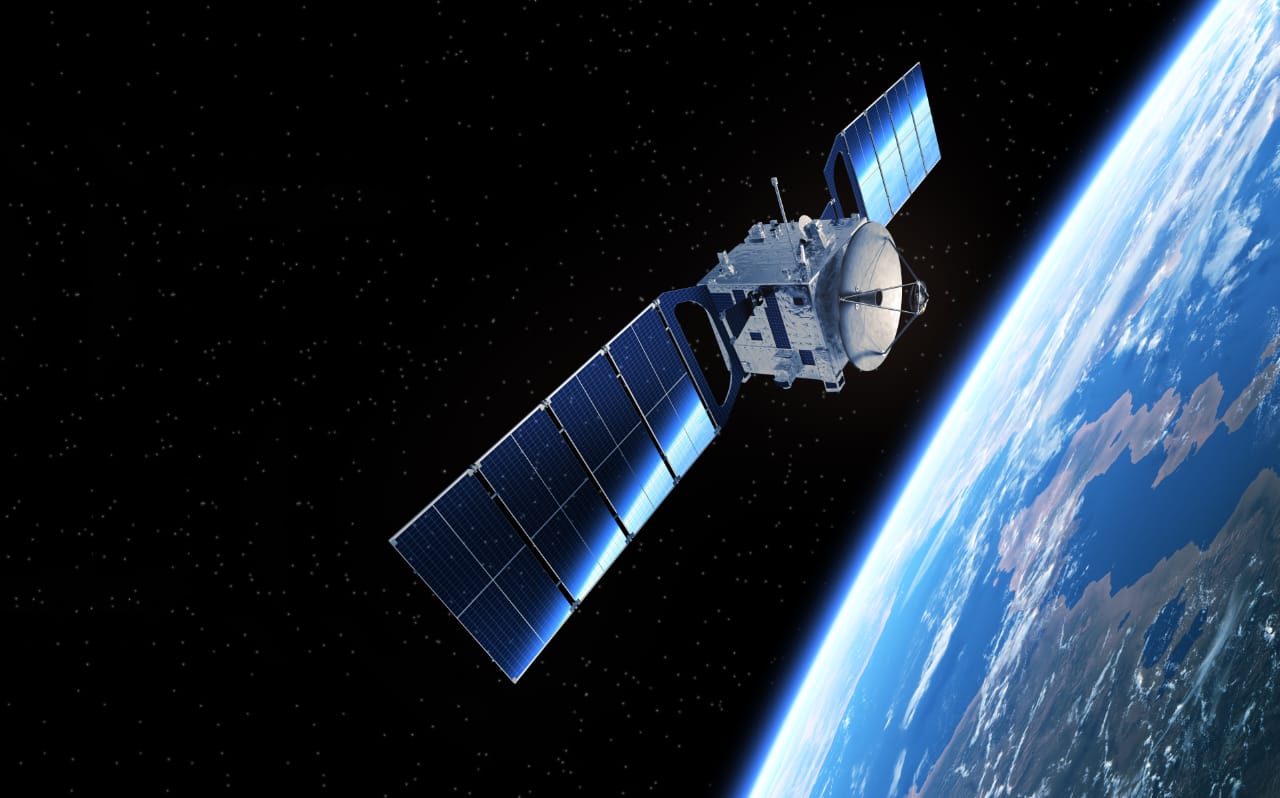
Follow WOWNEWS 24x7 on:
Updated: June 26, 2025 06:15

India's telecommunications ecosystem is poised to undergo a paradigm shift with Direct-to-Device (D2D) satellite connectivity gaining traction. The new technology allows smartphones and Internet of Things (IoT) devices to communicate directly with satellites—skipping traditional cell towers—and has the potential to redefine regulatory paradigms.
Major Developments:
India's Department of Telecommunications (DoT) is reportedly considering current telecom regulations for providing room for D2D services, which take advantage of terrestrial and satellite networks combined for broad coverage.
Viasat and BSNL recently demonstrated two-way satellite messaging from a commercial Android phone at the India Mobile Congress.
The technology holds great promise for disaster and remote areas, with continuous connectivity for communications, emergency messaging, and even for payments.
Why It Matters:
D2D connectivity can potentially bridge India's digital divide by reaching out to unpenetrated areas like forest, hill, and coastal regions.
It enables national goals with the Digital India and BharatNet programs with enhanced last-mile connectivity.
The shift will also spur new spectrum use requirements, licensing requirements, and inter-sector collaboration among telecom and space actors.
Challenges Ahead
Regulatory certainty regarding spectrum use and interoperability with the terrestrial network is still developing.
Maintaining affordability and device compatibility is a matter of mass adoption.
As India gets ready to welcome this cosmic relationship, the telecom playbook might get rewritten soon to accommodate a future in the sky.
Sources: ClearIAS, Digital Regulation Platform, Department of Telecommunications (India), India Mobile Congress



